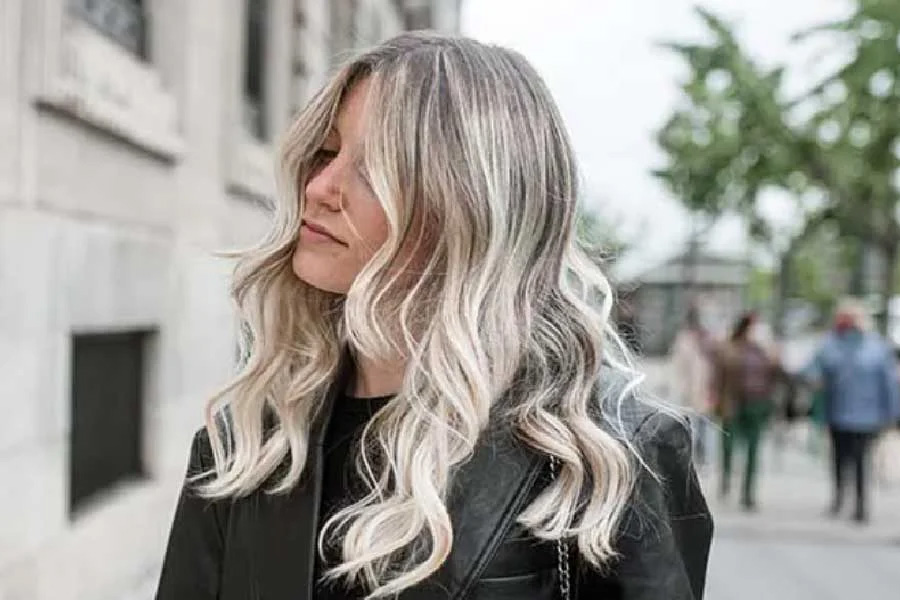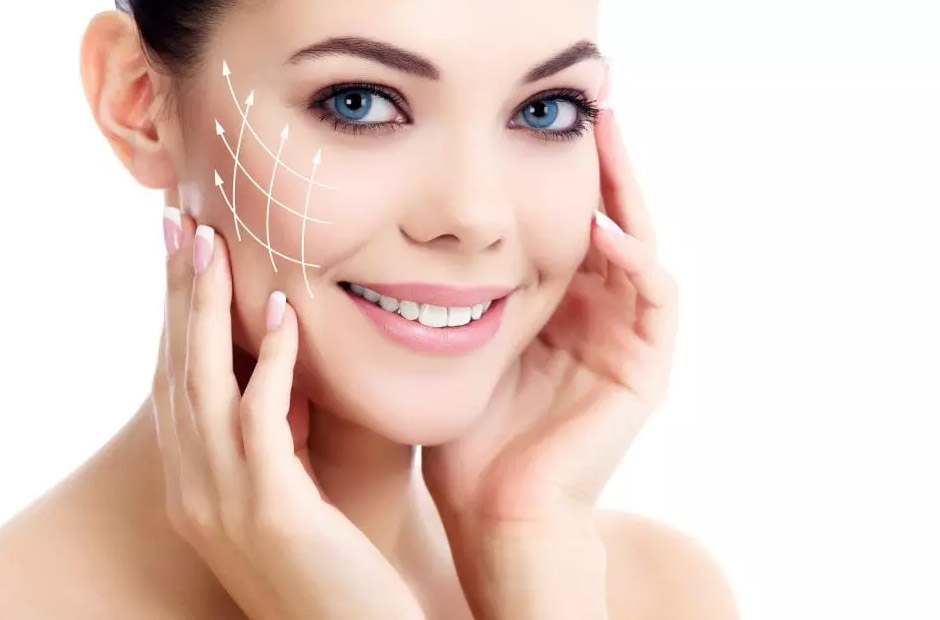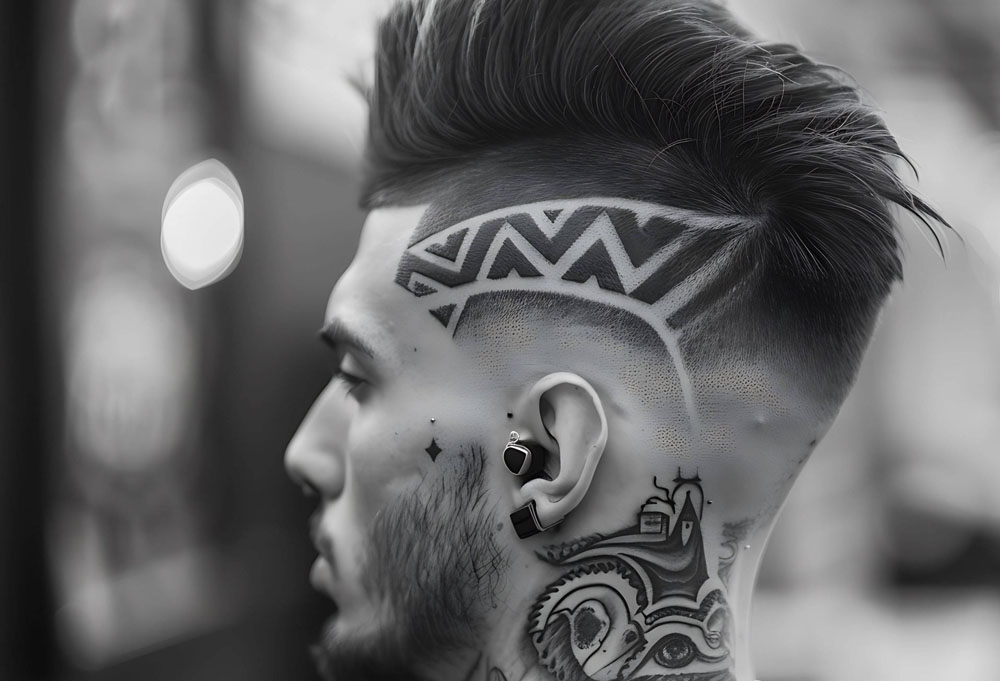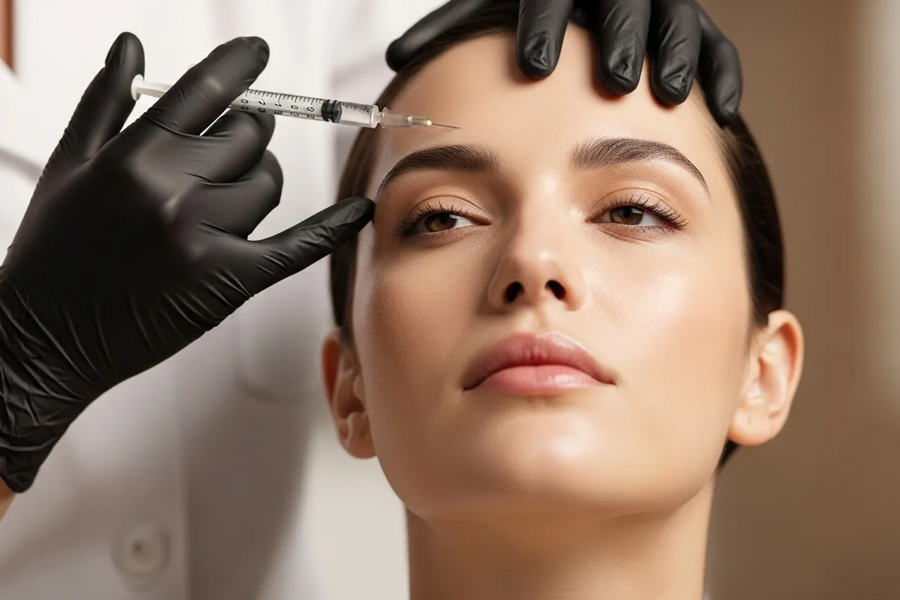Now Reading: Sunkissed and Subtle: Natural Hair Dye Shades That Glow in the Summer Light
-
01
Sunkissed and Subtle: Natural Hair Dye Shades That Glow in the Summer Light
Sunkissed and Subtle: Natural Hair Dye Shades That Glow in the Summer Light

Summer’s Soft Glow: Why Go Natural This Season
Summer asks for lighter layers, slow afternoons, and a color that looks like memory — like light itself painted into your hair. Natural dyes give you that effortless, sun-kissed finish without the chemistry-heavy edge. They tend to be gentler on the cuticle, fade in a way that feels intentional, and let you move from poolside to porch light with a color that softens rather than screams.
Soft Blonde Hues That Catch the Light
Think honey, chamomile, and beige — blondes that glow rather than glare. These shades catch the sun and scatter it: small, warm reflections that soften features and brighten your face. They’re ideal if you want an easy “I-woke-up-like-this” radiance, especially if you’re aiming for something low-key and luminous rather than icy or high-maintenance.
Warm Browns That Shine Bright
Chestnut, cinnamon, and light mocha read like summer wood smoke: warm, rich, and textured. Brown doesn’t have to be flat. When tuned with golden highlights or subtle balayage, it opens up into a sunlit field of dimension. These tones are forgiving with regrowth and flattering across many skin tones — the dependable option that still feels special when the light hits it right.
Reds With a Sunlit Spark
Copper and auburn are the cinematic choices of the season; they flicker with movement and change color depending on the light. A soft strawberry blonde leans playful, while a deeper auburn swells into burgundy in shadow and glows like embers in sunlight. Red feels like an instant personality shift — bold but never overcooked when kept natural and warm.
Earthy Blacks with Soft Undertones
Not all dark hair is simply “black.” Earthy black shades with hints of blue, brown, or even violet create depth that drinks in summer light without losing richness. These undertones make black hair dimensional and lush, especially when the sun outlines strands with a faint halo rather than a hard edge.
Choosing the Right Shade for You
Pick a direction, then soften it. Your skin’s undertone is the compass: warm undertones sing with golds and coppers, cool undertones pair beautifully with ashier or berry-tinged shades. Eye color helps with fine-tuning — blue and green eyes pop next to strawberry and auburn, while hazel and brown eyes warm up beside honey and caramel tones. And always factor in your lifestyle: the less time you want to spend in maintenance, the closer you should stay to tones that grow out like a story, not a stain.
How the Summer Sun Changes Color
Some pigments reflect light more than others. Blondes and coppers tend to brighten and flash under direct sun, while cool browns and darker hues offer contrast that reads as sleek and sophisticated. Think of it like wardrobe layering: certain shades are accessories to sunlight, and others are the frame that lets that sun do its work.
Practical Care: Keep the Glow Alive
Sun, salt, and chlorine are color’s natural enemies. Wear a hat when you can, and use leave-in products with UV filters to blunt fading. Rinse after swimming — even a quick fresh-water shower removes the worst of chlorine and salt. Swap to sulfate-free shampoos to protect pigment and moisture, and give your hair a weekly deep-conditioning treatment with ingredients that restore softness and shine, like aloe, coconut, or shea.
Styling Tips That Protect Color
Low-heat, high-style is the summer mantra. Air-drying, braids, and loose waves are forgiving on dyed strands and keep cuticles closed. Save hot tools for evenings out; heat not only damages hair but speeds color fade. If you must style with heat, use a good heat protectant and keep temperatures moderate.
When to Try a Wig First
If you’re flirting with a dramatic shift — say, swapping chocolate brown for champagne blonde — a realistic wig lets you test the look without commitment. Wigs are also brilliant for dipping toes into trends: change your tone for a weekend, a vacation, or a single photo shoot, and then go back to what’s familiar. They give you the visual data before color commitment — and that’s a gift.
Maintenance Without Obsession
Natural dyes often fade more gracefully than synthetic ones, which means you can stretch time between touch-ups. That said, regular conditioning, UV protection, and gentle cleansing keep color lively and glossy. Small rituals — like cold rinses or weekly masks — add up to big visual returns.
FAQ
What skin undertones suit warm blondes best?
Warm blondes like honey or golden tones flatter warm undertones — think skin with peachy or golden hints — because they amplify natural warmth.
Will natural dyes damage my hair less than chemical dyes?
Generally yes; many natural dyes are gentler, but the condition of your hair and the application method still matter.
How often should I deep condition in summer?
Once a week usually keeps sun-exposed hair hydrated and resilient without weighing it down.
Can I swim without ruining my color?
Rinse your hair with fresh water after swimming and use a conditioning rinse before entering chlorine or saltwater to reduce damage.
Do reds fade faster than other colors?
Reds can appear to fade quicker because their warm pigments shift under sun and washing, so extra UV protection helps.
Are wigs a realistic short-term alternative?
Yes — modern, realistic wigs let you experiment with color and texture without altering your natural hair.
Should I avoid sulfate shampoos?
If you want to preserve color and moisture, sulfate-free shampoos are a gentler, smarter choice.
Can dark hair take on subtle blonde highlights?
Yes, when done with careful lightening or with natural-looking blended highlights, dark hair can gain sunlit dimension without drastic contrast.




















